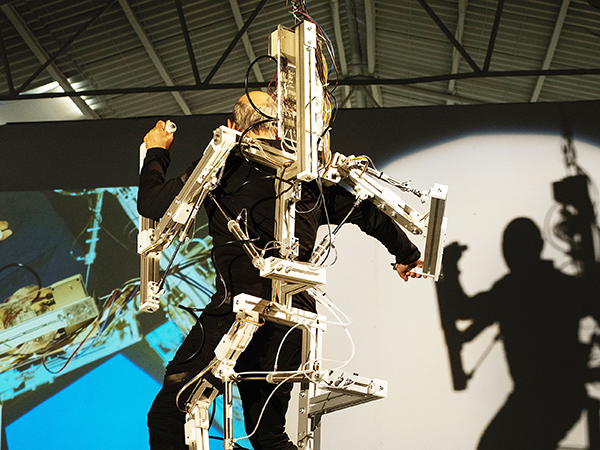IOTA bio art series
To June 21, various venues, free
Stelarc artist talk w/Andrew Pelling
Wednesday, May 29, 7pm
Paul O'Regan Hall, 5440 Spring Garden Road
Full schedule at iotainstitute.com
T he genre of bio art—less a genre, perhaps, than a way of life—is not an easy elevator pitch.
"It's a term that resists being defined," says Mireille Bourgeois, the founder of the IOTA Institute—a creative agency supporting artists through writing and research, among other things—which is presenting a series of bio art events in Halifax this month. "It's more commonly associated with artists who work with living organisms—that could be their own bodies, in a lab, et cetera, a lot of et ceteras. It also takes a political undertone, or overtones at times, where artists are really trying to bring attention to our current existence in the world."
"Instead of artists using inanimate media, in other words paint on canvas or carving marble, they're using living cells," adds Stelarc. "So the artwork is effectively an installation of living organisms."
The Australian performance artist is the headliner; he's speaking on a break from loading in his installation StickMan—which involves his body being attached to an exoskeleton and being "algorithmically actuated" by the public for five hours—at the Tell Tale Productions office on Cornwallis Street. "All of my projects have been physically challenging or complicated," says Stelarc, who's been working in the field since the 1970s. "You're not dealing in visual symbols, you're trying to physically realize these projects, experience them personally and interrogate them artistically."
He's had a quarter-scale version of his ear implanted on his arm—"I've always got something up my sleeve," he jokes—which will eventually be rigged up with wifi so viewers can hear what he's hearing, wherever he is in the world. It sounds like science fiction, but it's all very real.
"The hope is it will pique the interest of new creators and producers and perhaps the citizen scientists working behind closed doors," says Bourgeois of the series' goals. "The idea is we're talking about why we do these things."

